Doc falls into a ten-minute coma, circumvents some forgettable bacteria and introduces the Daleks to the perils of molten ice.
It’s Italian Hamlet with sprinkles of The Daemons and a strange, hay-bearing lake
Podcast: Play in new window | Embed
While showing Sarah Jane Smith around his brand new Newbery-Box TARDIS, fully equipped with winding corridors, boot cupboard and wood-panelled second control room, The Fourth Doctor pulls up the view screen and, lo and behold, right there is the Mandragora Helix. A mysterious spacial energy swirl, the Helix sucks them in and transports them through time to Renaissance Italy.
There, Italian Hamlet, Giuliano has just lost his father, the Duke of San Martino, to a strange and unexplained sudden death, allegedly foretold by Hieronymus, the court astrologist and lackey of Giuliano’s uncle’s, Federico aka Italian Claudius.
Federico is a pretty awful chap, who’s plotting to usurp the throne when he’s not killing peasants. In fact, he murdered his own brother to gain the Dukedom for himself and enlisted Hieronymus to provide him with an alibi.
Hieronymus himself, meanwhile, transpires to be a high priest of the cult of Demnos, who’s beset by Mandragora to take over the world, and whose fellow acolytes are preparing to ritualistically sacrifice Sarah Jane Smith. And to top it off, Federico’s soldiers are about to behead The Doctor. If only they could escape somehow and join forces with Giuliano to out the traitorous uncle, undo the Helix Energy and save the day…
We briefly discuss the Brachacki (v2) and Newbery TARDISes in this episode. Here’s a quick comparison between the two:

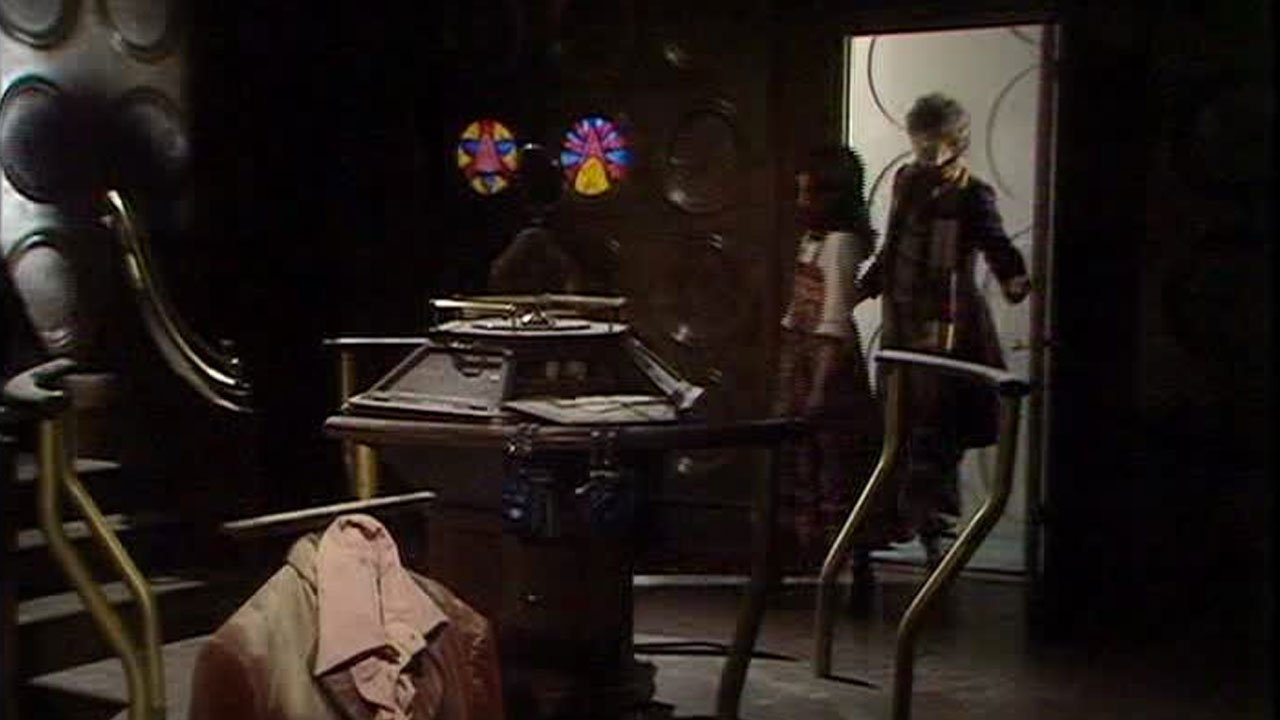





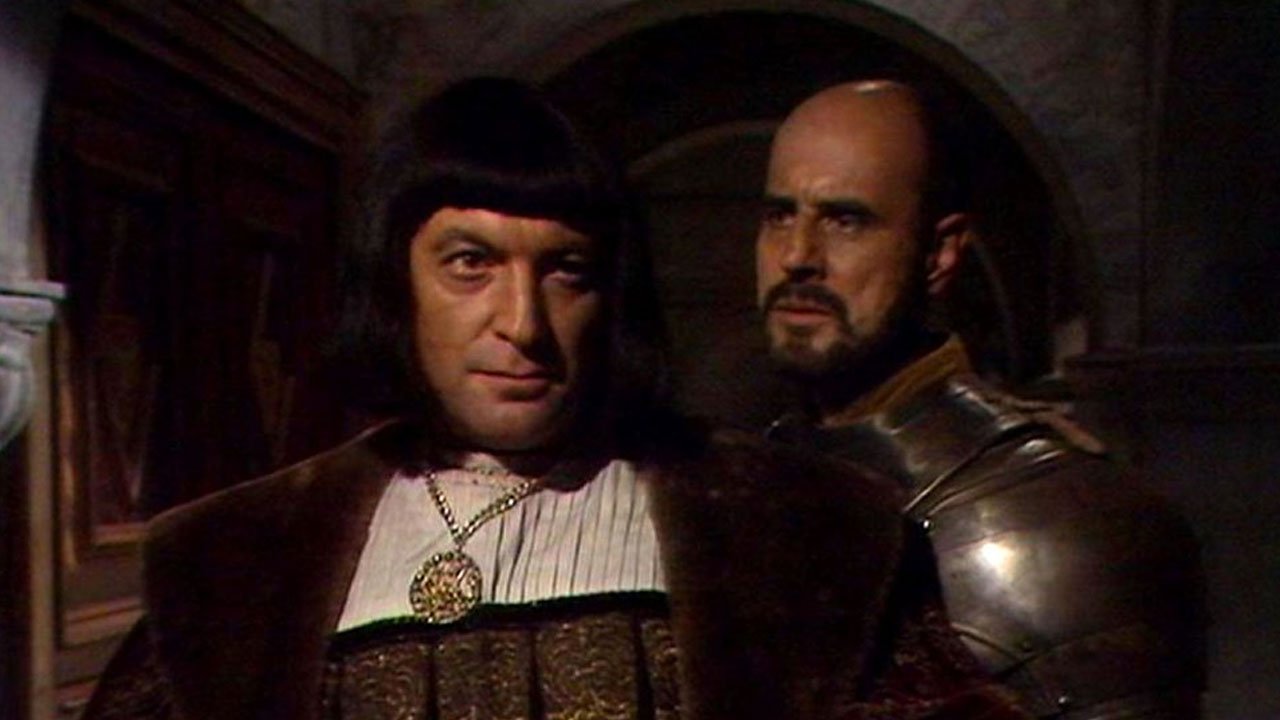

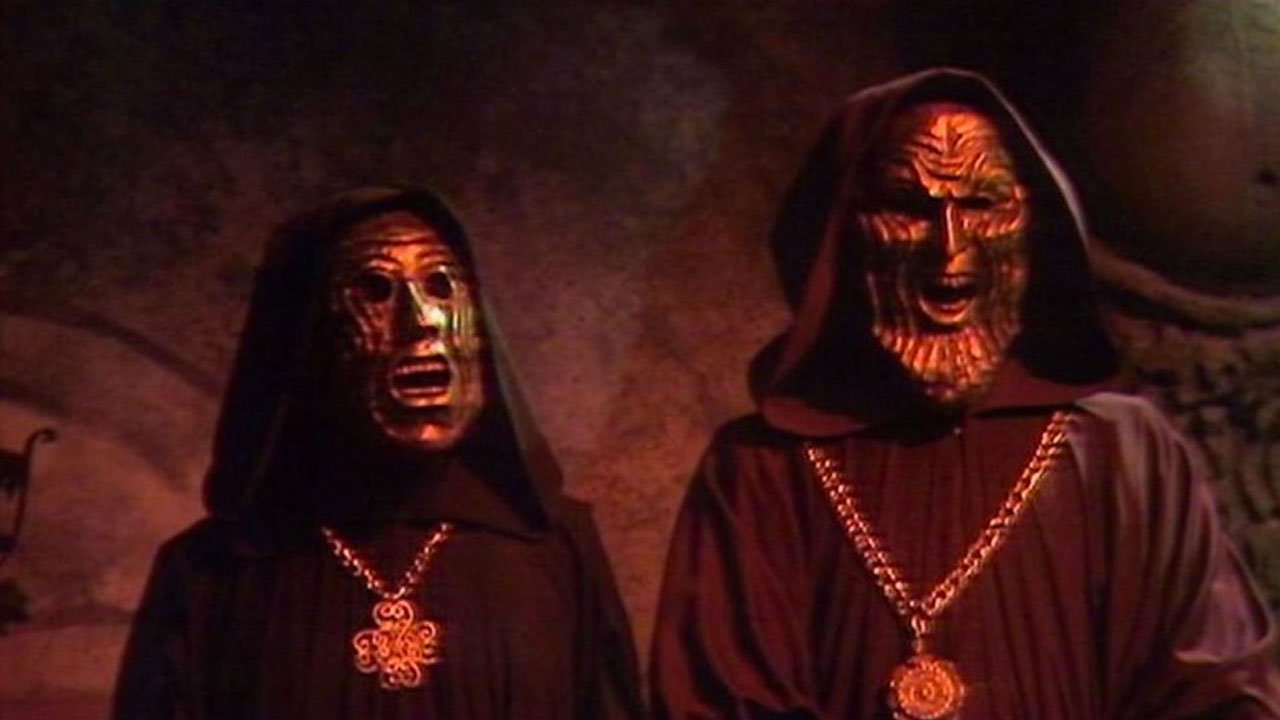

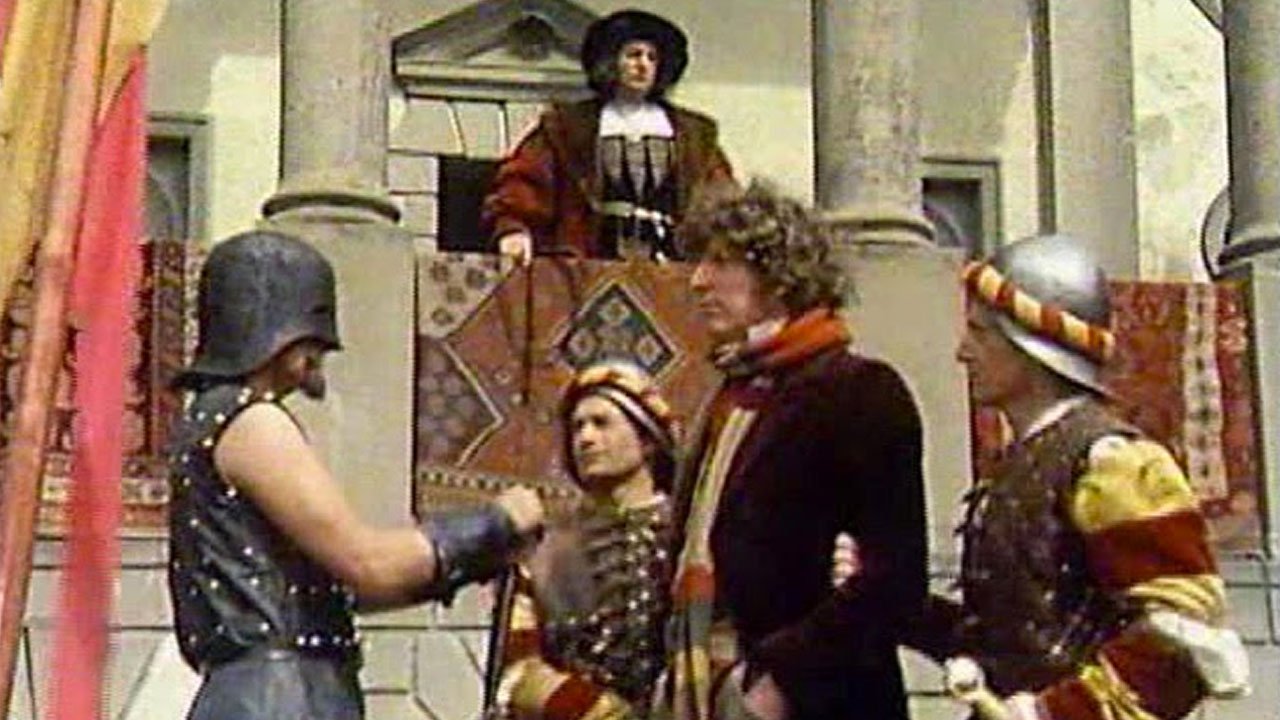

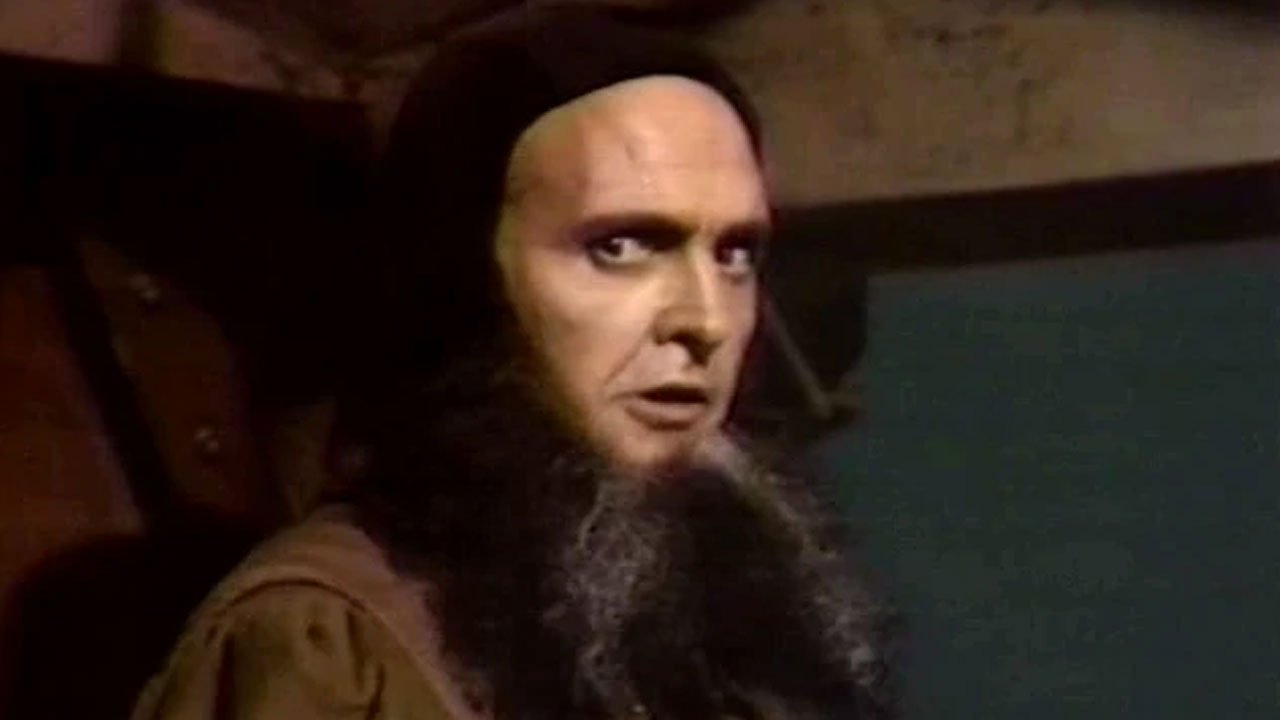

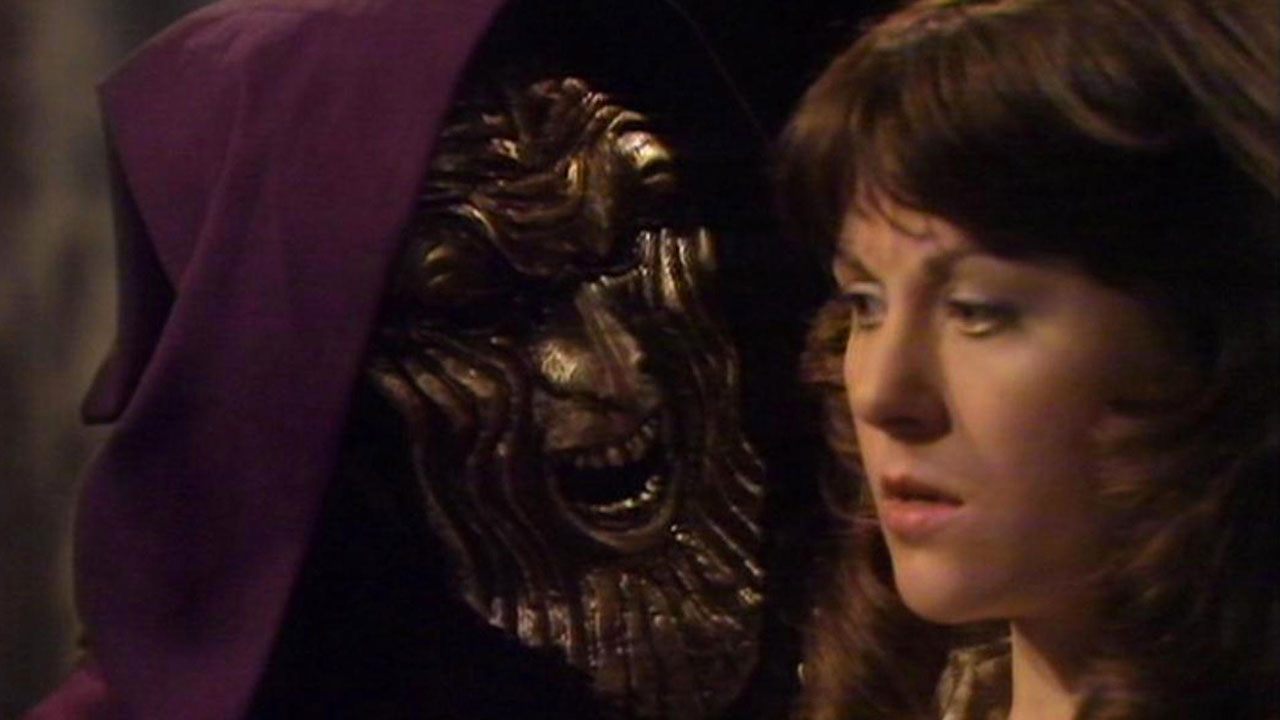

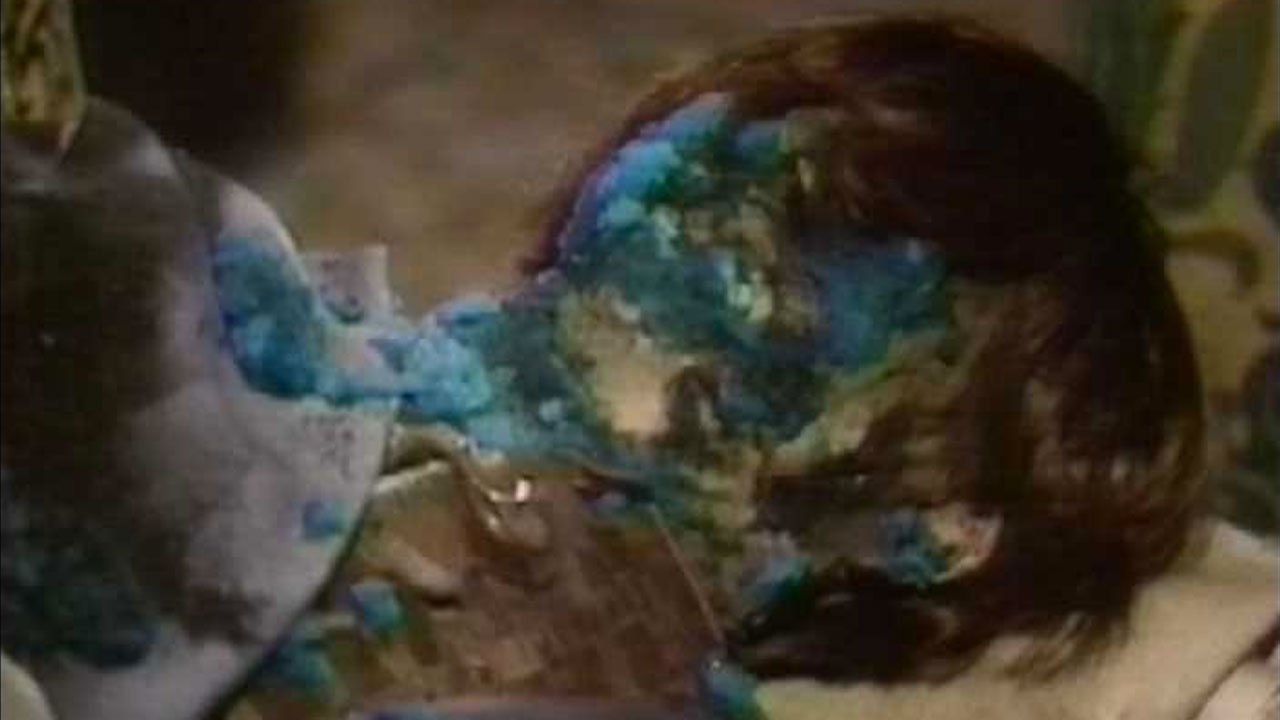

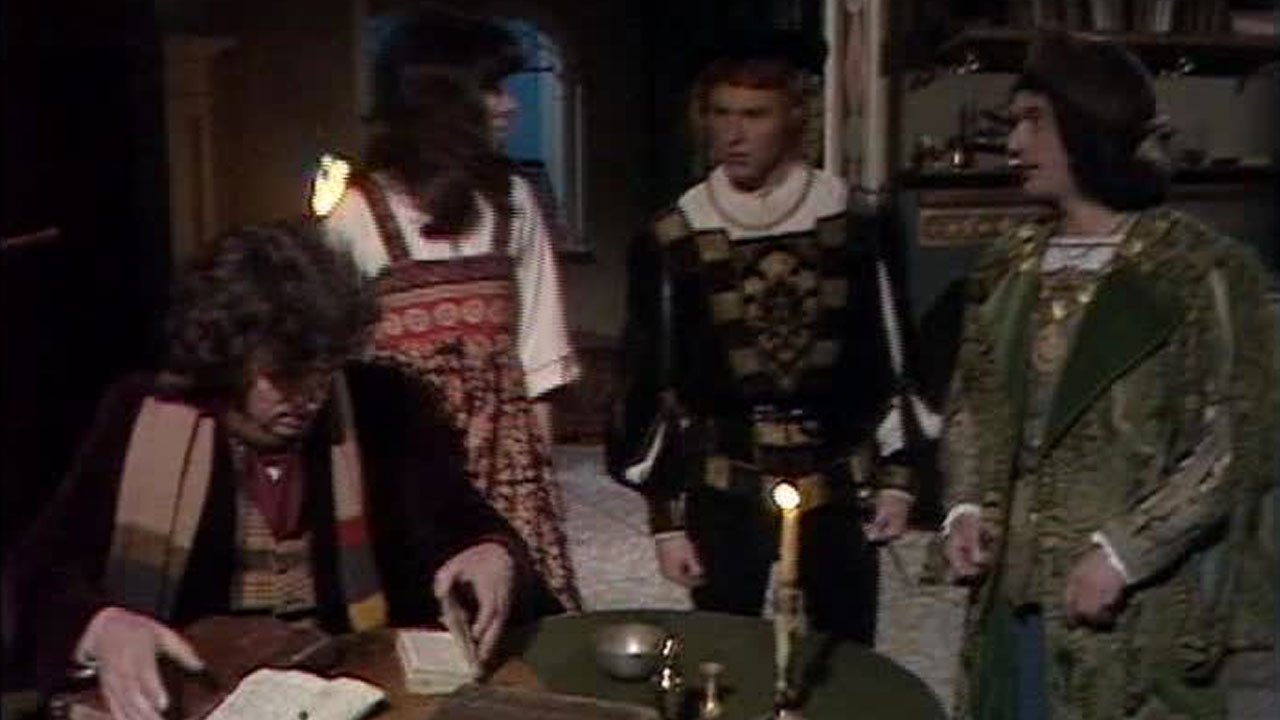

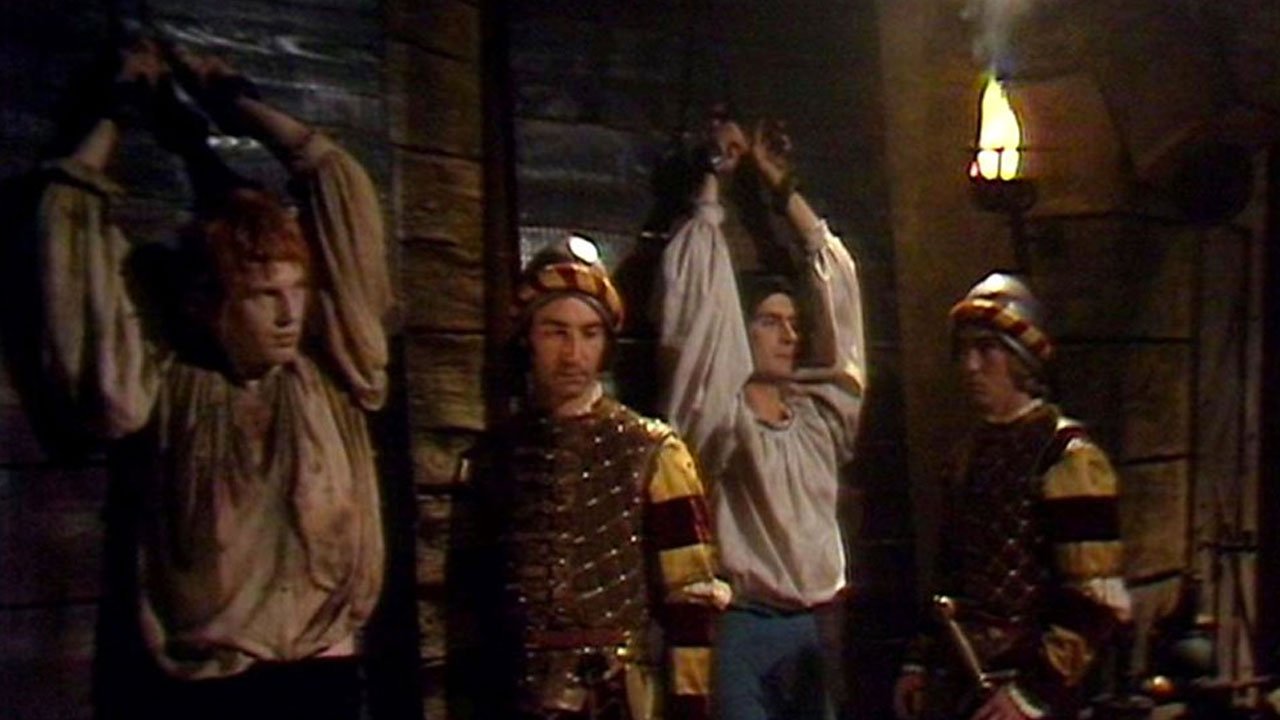

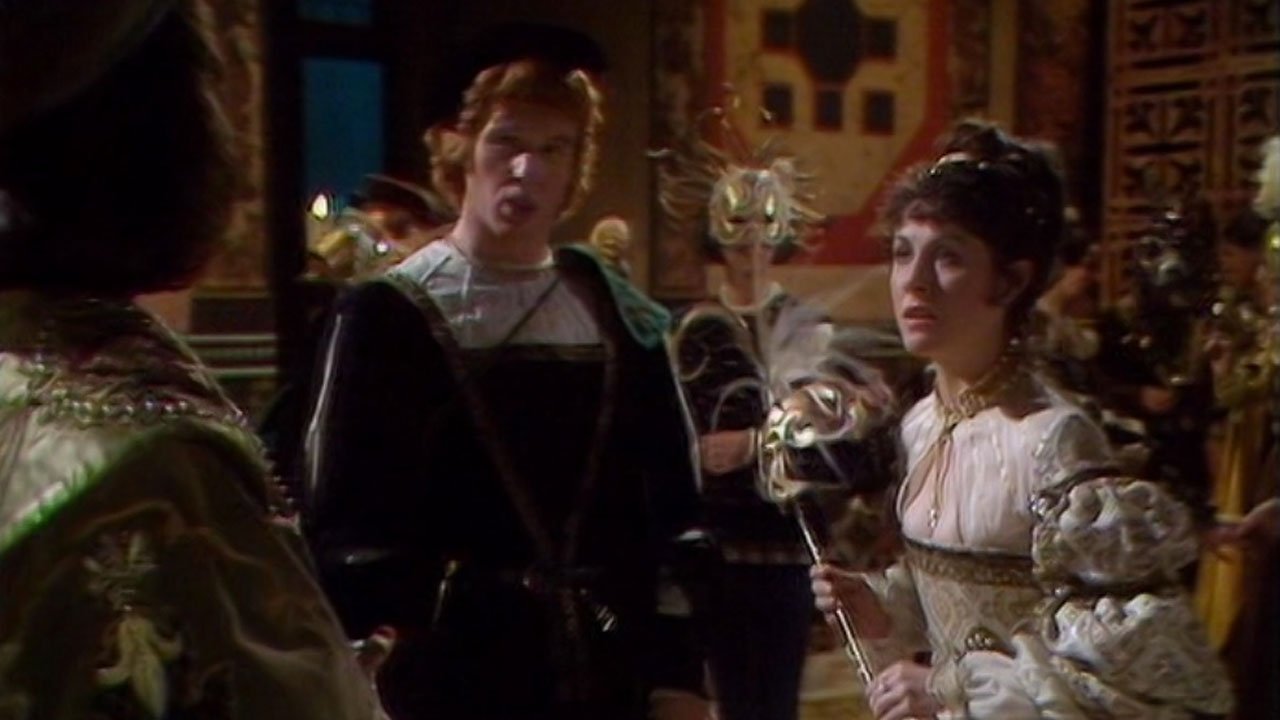


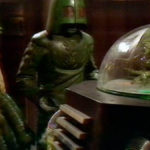








Actress Elizabeth Sladen especially liked writer Louis Marks’ script for ‘The Masque of Mandragora’, in which an extraterrestrial threat, the Mandragora Helix, was woven into a historic tapestry at a time between the Dark Ages and the Enlightenment.
It introduced a beautiful, wood paneled console room for the TARDIS in which Sarah Jane noted a shaving mirror and played the recorder, recalling DOCTOR WHO’s past. The set warped in storage and was only used for one year. Before materializing on Earth, a beautiful visual sequence drew the TARDIS through Mandragora, an intelligent, expanding spiral of energy. Afterwards, creepy, disembodied laughter denoted the helix energy accomplishing its ends.
Count Frederico employed Court Astrologer Hieronymous, whom he and the Doctor knew was a charlatan with knowledge of poisons, to predict Frederico’s enemies’ doom before their assassination. The Doctor’s explanation of Mandragora’s actions intrigued the scientifically minded Prince Giulioano. He invited the greatest minds of his age for a masque, a costume ball, to celebrate his rise to power.
During the masque, the BBC showcased its specialty, costume drama, depicting 15th century Italy brilliantly. Stuntman Stuart Fell entertained, tumbling; juggling; and eating fire. The Doctor’s confrontation with Hieronymous, the Demnos cult leader whom Mandragora seduced, demonstrated the Time Lord’s power and his iron will. He refused to allow Mandragora to dominate the Earth through the ancient cult. The Doctor’s survival after cultists attacked the masque with lightning from their fingers was an effective revelation coinciding with the story’s anticlimactic conclusion.
DOCTOR WHO stories in which something amiss in history must be fixed work well. ‘The Masque of Mandragora’ showcased the BBC’s costume wardrobe and employed wonderfully weird but simple special effects. The cult kidnapped Sarah Jane to sacrifice and menaced her throughout the story. The Doctor was responsible for Mandragora, having brought it to Earth, and needed to determine its agenda while fleeing Frederico and fighting Hieronymous. Though anticlimactic, the solid, entertaining story built tension wonderfully through the long odds against the Doctor and the stakes being humanity’s ambition to learn.
While I admit that I enjoyed this story more on my most recent watch than in the past, I can’t bring myself to say it’s an amazing serial. If you give it your full concentration you’ll be okay. If you’re tired however, this one will likely put you right to sleep.
The dialog is very dense, and if you blink you’ll miss many an important line. In contrast, the action is somewhat sparse, and never approaches anything climactic.The same is true for most other elements of the production; The exceptions being the locations, which are gorgeous, and the costumes, which are exquisite.
This production has some subtle yet notable continuity and style points of interest. The Doctor never gets to meet Leonardo, yet in “City of Death” they are old friends. It’s also rare that we start with heavy scifi elements and end with a story that’s basically a fantasy. Finally, we have a tale where the Doctor is the direct cause of his own predicament, a rare theme in the past, but one that becomes a major focus for future doctors.
Not sure why, but I always get this one confused with “Image if the Fendahl”. Maybe because stylistically they’re very similar, and one could almost be a sequel of the other. However it could just as likely be because the names are similar. Anyway, it’s time for my secret pagan worship ceremony. I’ll just grab my ornate gold mask and leave this story with a 2.3.
To kick off season 14, We got The Masque of Mandragora. I enjoyed it, but I suppose we’ll need more than that.
I felt like I was saying “poor Sarah Jane” quite a bit here. Poor Sarah was put through the wringer here, nearly being sacrificed, hypnotized to kill the Doctor, and the poor girl ran all over getting captured and freed again and again. So, poor Sarah Jane.
The Doctor was brilliant. Tom Baker was brilliant. I mean, when isn’t he? From sword fights to masked balls to even a disguise or two, Tom is brilliant yet again. And the salami sandwich line is a classic line.
The period stuff I thought was handled well and has indeed aged well considering this was made over 40 years ago! Louis Marks knowledge on the Renaissance is put to work here to craft Italy at the time. Definitely well done!
Perhaps the only feeble note is the representation of the Helix – a vortex of vomit swirling down a loo, it leads to a void decorated with bath salts. Its fireballs work better and leave behind turquoise-charred corpses. But did no one spot parallels between Mandragora and the Intelligence from the 1960s Yeti stories? It took me a minute to see it, but the Helix is basically a discount Great Intelligence!
Overall, The Masque of Mandragora was done very well. It’s “Pseudo-Historical” feel is well done and I appreciate the attention to detail. Though the villain does drag the story down a bit, I’ll give this story 3.6/5 salami sandwiches.
Things I liked:
– Hieronymous’s beard.
– A haunting score.
– “You can no more tell the stars than you can tell my chamberpot!”
– The Doctor Kung Fu kicking someone in the face.
– First (?) reference to the Tardis translation Babelfish.
Beefs:
– The Mandragora Helix – it has maybe two freaky moments but it’s fairly limited as a baddie. As a villain it cannot compete with a 20ft killer vegetable. Why was it so super dumb at the end? I thought it was all-seeing, at least in the temple: Why did it not see the Doctor steal Hieronymous’s clothes – was it taking a coffee break?
– Why were we robbed of seeing the rampaging monks zapping villagers? That sounded cool.
– Why didn’t the bats with “droppings twice the size of a man” materialise? (Sadly it will be another 10 seasons before the Seventh Doctor battles giant bats in misunderstood masterpiece ‘Time and the Rani’).
“Thanks for inviting me to the ball. Smashing!” Sure, apart from the people that were horribly fried to death Sarah. But no worries – glad you had a good time.
Rating: così-così.
1.7/5 fried-green peasants at the Whistle Stop Cafe San Martino.
I wasn’t going to write in about this but fortuitously caught a few episodes on Pluto TV (look it up) and was so captured by nostalgia I had to rate this. This is one of a few late 70s “Renaissance Who” episodes, and while it borrows a lot from The Daemons, this is roughly the era where the BBC was filming the complete works of Shakespeare and it shows. The atmosphere they produce is rich, the sets are phenomenal, the attempts at grand dialogue are ~decent~ and the script is rife with great little lines, especially between the Doctor and Sarah. It’s not brilliant but it’s very solid and rewatchable. Three point seven.
Some of the best Doctor Who stories have a historical setting with a sprinkling of science fiction on top, and Masque of Mandragora is a prime example of how this mix can work. Even the TARDIS interior gets a historical tweak through the secondary control room, which I think is the better of the two.
The Doctor/Sarah relationship really shines in this story, and I love the way Sarah can tell how serious the situation is by the declining quality of the Doctor’s jokes. The Count is also a wonderful villain, more threatening than the Mandragora Helix in the first three episodes, and with such a lust for power that he is prepared to take the risk of ordering soldiers to cut down the Duke in broad daylight. Every time he en-counters a problems (pun fully intended), he finds a way to twist it to his advantage, and it is only near the end where he finally meets his entirely deserved demise.
The only minor niggle in this story is that Giuliano doesn’t strike me as being tough enough to rule a 15th Century duchy, as he seems lost whenever a decision is needed and the Count runs rings around him.
Overall, another great story from the best two-person TARDIS team. It’s not quite as good as Pyramids of Mars, but it’s pretty damn close.
4.5/5
Ha! You didnt read the article, did you? The article talks about Pluto TV picking up classic Who.
The title of my email was probably misleading but in my defense I ripped it straight from the article….which I admit was misleading in that click-bait way Internet news articles can be.
Apologies for getting anyone’s Hope’s up.
That said, get Pluto on roku or equivalent. It’s an awesome network.
Hehe, busted… ;-) And by the time we were reading it during the recording, our blood alcohol content had already reached non-Pluto-recognisable levels. In any case, thanks for the recommendation! People of Podcastland, follow Peter’s advice!
For reference the title “The Masque of Mandragora” is referencing Edgar Allan Poe’s “The Masque of The Red Death” — a masque being a naked ball.
This was scary (for a kid) in 1976, and while I see more flaws these days, it’s still strong and different from its surroundings stories. Hieronymous is a great loony. The cod-Shakespeare is fun. I think 4.5/5 is right.
“Naked ball” !!! Auto-correct I hate you! It should have read masked ball…